Home>Others>Specialized Home Improvement Topics>Why Do My Car Windows Fog Up In Winter
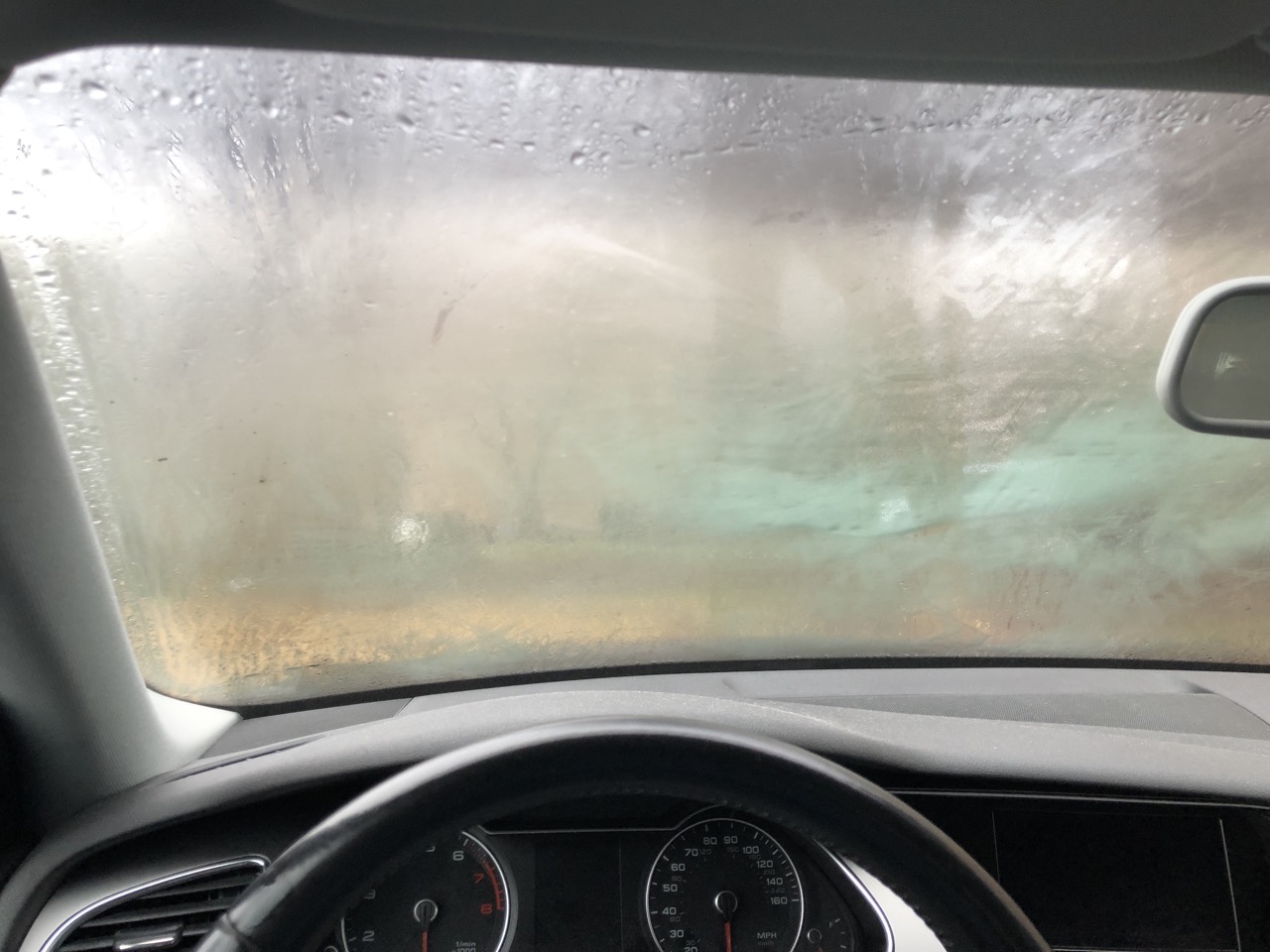

Specialized Home Improvement Topics
Why Do My Car Windows Fog Up In Winter
Modified: January 14, 2024
Learn why car windows fog up in winter and how to prevent it. Expert tips on dealing with this common issue. Find answers to specialized home improvement topics.
(Many of the links in this article redirect to a specific reviewed product. Your purchase of these products through affiliate links helps to generate commission for Storables.com, at no extra cost. Learn more)
**
Introduction
**
Winter brings about a myriad of challenges, and one common frustration for many drivers is the persistent fog that clouds their car windows. As temperatures drop and the cold weather sets in, the interior of the vehicle becomes a breeding ground for condensation, leading to foggy windows that impair visibility and pose safety risks. Understanding the science behind this phenomenon and implementing effective strategies to prevent it is crucial for a smooth and hazard-free driving experience during the winter months.
In this comprehensive guide, we will delve into the intricacies of condensation, explore the specific causes of foggy windows in winter, and equip you with practical tips to combat this issue. By the end of this article, you will be well-versed in the art of maintaining clear, fog-free windows, ensuring a safe and enjoyable driving experience even in the coldest of winters.
**
Key Takeaways:
- Winter fog on car windows is caused by warm, moist air inside meeting cold glass, creating condensation. Combat it by using defoggers, maintaining ventilation, and limiting moisture sources.
- To prevent foggy car windows in winter, clean glass surfaces, use anti-fog coatings, and address seal and insulation issues. These steps ensure clear visibility and safer driving in cold weather.
Read more: Why Do Car Windows Fog Up
Understanding Condensation
**
Condensation is a natural process that occurs when warm, moisture-laden air comes into contact with a cooler surface. In the context of car windows, condensation manifests as the formation of tiny water droplets on the interior glass surfaces. This phenomenon is particularly prevalent during the winter months when the temperature contrast between the interior and exterior of the vehicle is most pronounced.
When the warm air inside the car comes into contact with the cold surface of the windows, it rapidly loses heat. As a result, the air’s capacity to hold moisture decreases, leading to the formation of condensation on the cooler glass surfaces. This process is exacerbated by factors such as heavy breathing, wet clothing, and snow-laden footwear, all of which contribute to the moisture levels within the vehicle.
Understanding the science of condensation is pivotal in addressing the issue of foggy windows. By grasping the underlying mechanisms at play, drivers can implement targeted measures to manage moisture levels within the car, thereby minimizing the occurrence of condensation and maintaining clear visibility.
**
Causes of Foggy Windows in Winter
**
Several factors contribute to the prevalence of foggy windows in winter, posing challenges for drivers and necessitating proactive measures to mitigate the issue. Understanding the specific causes of this phenomenon is essential for devising effective strategies to combat it. Let’s explore the primary culprits behind foggy windows during the winter months:
1. Temperature Differentials: During winter, the stark contrast between the cold exterior and the heated interior of the vehicle creates an ideal environment for condensation to form on the windows. The rapid cooling of warm, moisture-laden air against the cold glass surfaces leads to the formation of fog, impeding visibility and necessitating swift intervention to address the issue.
2. Moisture Buildup: Factors such as wet clothing, snow-covered footwear, and even the natural process of respiration contribute to elevated moisture levels within the car. As this moisture-laden air comes into contact with the cold windows, condensation occurs, resulting in foggy windows that hinder the driver's line of sight.
3. Inadequate Ventilation: Insufficient airflow within the vehicle can exacerbate the buildup of moisture, creating a conducive environment for condensation to occur. Without proper ventilation to circulate the air and expel excess moisture, foggy windows can persist, posing safety risks for drivers and passengers alike.
4. Limited Sunlight Exposure: In winter, reduced daylight hours and overcast conditions diminish the windows' exposure to sunlight, which plays a crucial role in evaporating moisture and preventing condensation. The lack of direct sunlight can prolong the presence of fog on the windows, necessitating alternative methods to address the issue.
5. Vehicle Occupancy: The number of occupants in the vehicle can contribute to increased moisture levels, especially if the passengers are wearing multiple layers of clothing or carrying damp items. The collective body heat and exhalation of occupants further elevate the interior humidity, fostering an environment conducive to foggy windows.
By identifying these underlying causes, drivers can take proactive steps to mitigate the impact of foggy windows, ensuring clear visibility and a safer driving experience during the winter months.
**
To prevent car windows from fogging up in winter, try using the defrost setting on your car’s heater, crack open a window to let out moisture, and use an anti-fog treatment on the inside of the windows.
Tips to Prevent Foggy Windows
**
Combatting foggy windows in winter requires a proactive approach that addresses the underlying causes of condensation while promoting optimal visibility and safety. Implementing the following tips can significantly reduce the occurrence of fog on car windows, enabling drivers to navigate winter conditions with clarity and confidence:
1. Use Defoggers and Climate Control: Utilize the vehicle’s defogger and climate control systems to regulate the interior temperature and reduce moisture levels. Activating the defogger directs warm air onto the windows, accelerating the evaporation of condensation and restoring clear visibility.
2. Maintain Adequate Ventilation: Ensure proper airflow within the vehicle by utilizing the fresh air mode on the climate control system. Opening the windows slightly can also facilitate air circulation, helping to expel excess moisture and prevent the buildup of condensation.
3. Limit Moisture Sources: Minimize the introduction of moisture into the car by shaking off snow before entering, removing wet footwear, and avoiding placing damp items on the seats. By reducing the sources of moisture, drivers can mitigate the likelihood of foggy windows.
4. Use Desiccants or Moisture Absorbers: Place desiccant bags or moisture-absorbing products in the vehicle to capture excess moisture from the air. These products can help maintain optimal humidity levels, preventing condensation and preserving clear visibility through the windows.
5. Clean Interior Glass Surfaces: Regularly clean the interior glass surfaces using a microfiber cloth and a specialized glass cleaner. Removing any residue or film from the windows can prevent the accumulation of condensation, promoting clearer visibility during winter driving.
6. Defrost Windows Before Driving: Allow extra time before setting off to defrost the windows completely. Using the vehicle’s defrost setting or a handheld scraper, ensure that all windows are free from frost and condensation, optimizing visibility for the journey ahead.
7. Consider Anti-Fog Coatings: Apply anti-fog treatments to the interior surfaces of the windows to create a hydrophilic barrier that reduces the formation of condensation. These coatings can effectively prevent fogging, enhancing visibility and safety during winter driving.
8. Address Seal and Insulation Issues: Inspect and maintain the seals around windows and doors to prevent excess moisture from entering the vehicle. Additionally, ensuring proper insulation can help minimize temperature differentials and reduce the likelihood of condensation.
By incorporating these proactive measures into their winter driving routine, motorists can effectively prevent foggy windows, safeguarding visibility and enhancing overall safety on the road.
**
Conclusion
**
As winter descends and temperatures plummet, the battle against foggy car windows becomes a pressing concern for drivers. By gaining a comprehensive understanding of condensation and its implications, individuals can equip themselves with the knowledge and strategies needed to combat this pervasive issue effectively.
From the interplay of temperature differentials to the impact of moisture sources and ventilation, the causes of foggy windows in winter are multifaceted. However, armed with practical tips and proactive measures, drivers can take control of the situation and maintain clear visibility throughout their winter journeys.
By leveraging the vehicle’s climate control systems, promoting adequate ventilation, and minimizing moisture sources, drivers can significantly reduce the likelihood of foggy windows. Additionally, the use of desiccants, regular cleaning of glass surfaces, and the application of anti-fog coatings can further enhance visibility and safety during winter driving.
Ultimately, the prevention of foggy windows in winter is not only a matter of convenience but a critical aspect of ensuring road safety. Clear visibility is paramount in navigating challenging winter conditions, and by implementing the recommended strategies, drivers can mitigate the hazards posed by condensation and enjoy a safer and more comfortable driving experience.
As we embrace the winter season, let us arm ourselves with the knowledge and tools to combat foggy windows, ensuring that our journeys are characterized by clarity, safety, and peace of mind.
Frequently Asked Questions about Why Do My Car Windows Fog Up In Winter
Was this page helpful?
At Storables.com, we guarantee accurate and reliable information. Our content, validated by Expert Board Contributors, is crafted following stringent Editorial Policies. We're committed to providing you with well-researched, expert-backed insights for all your informational needs.
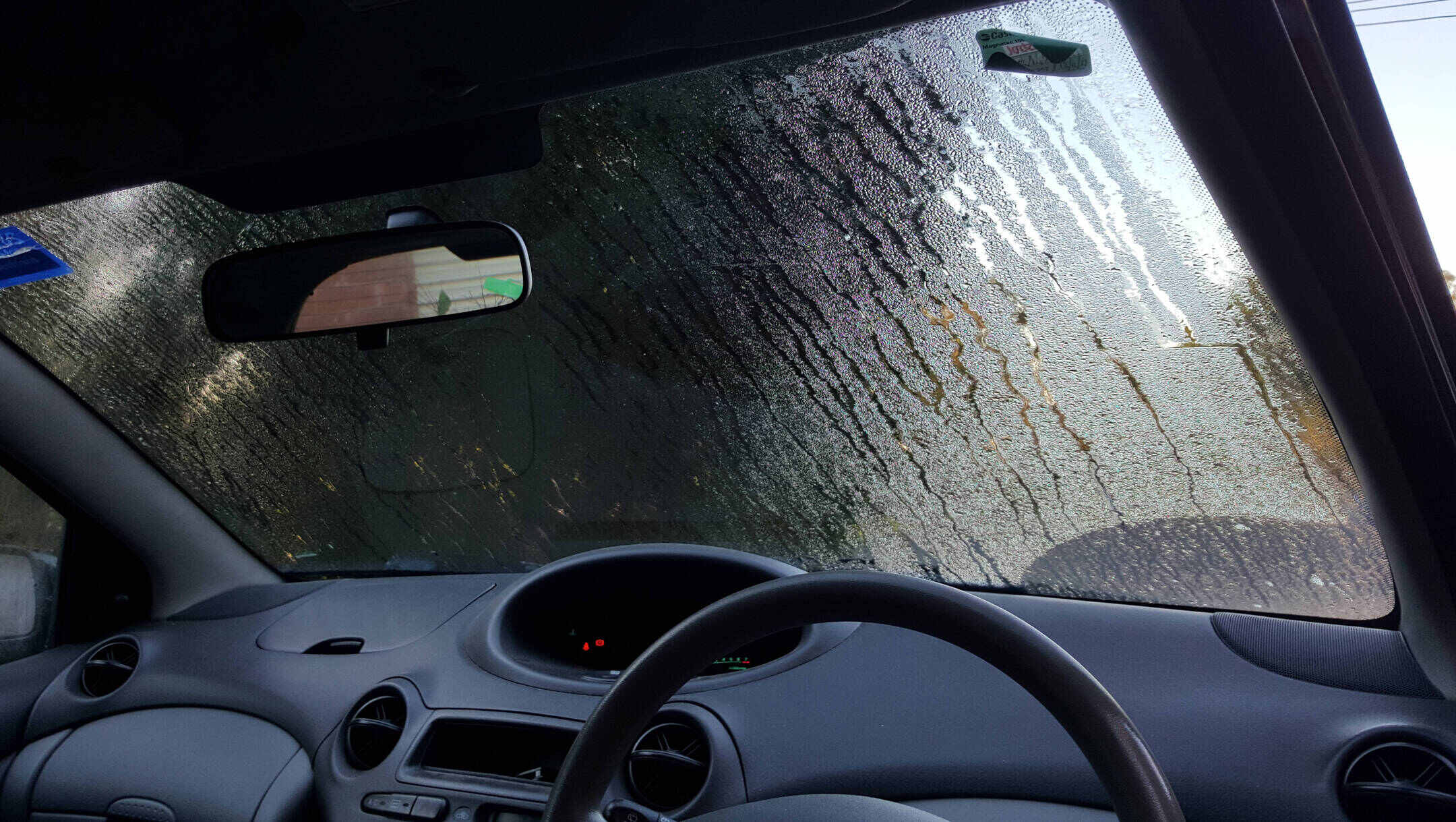
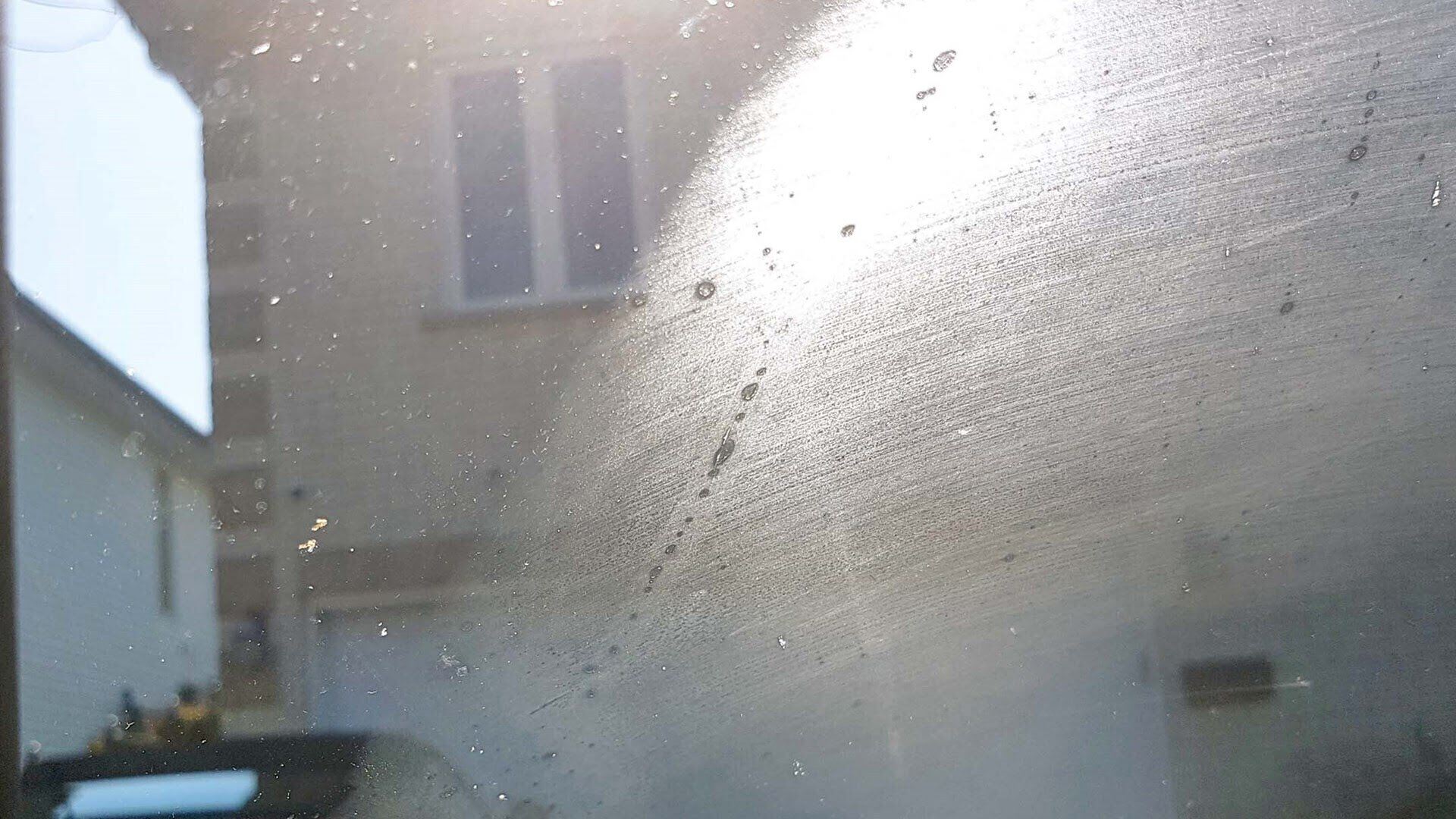
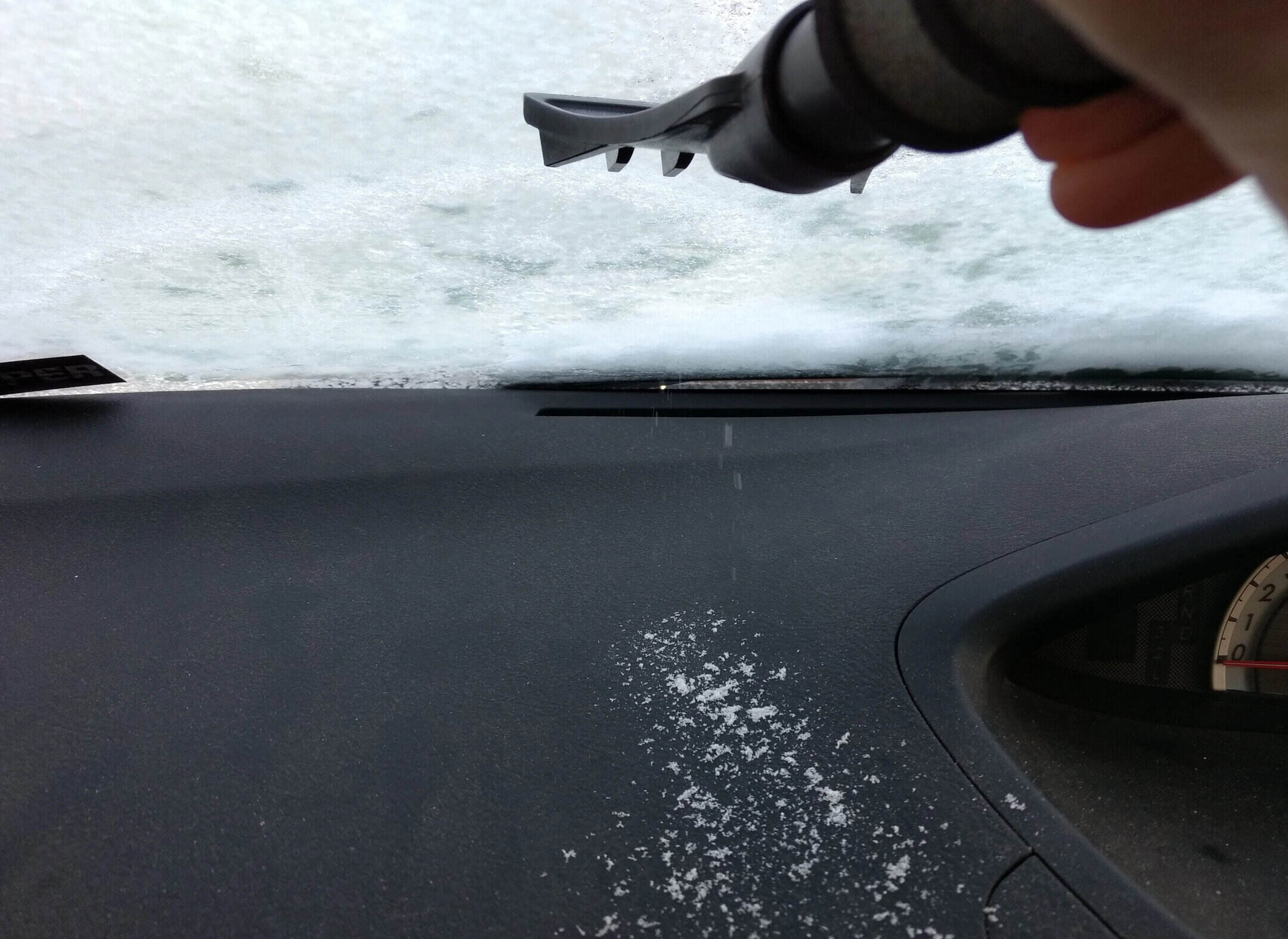



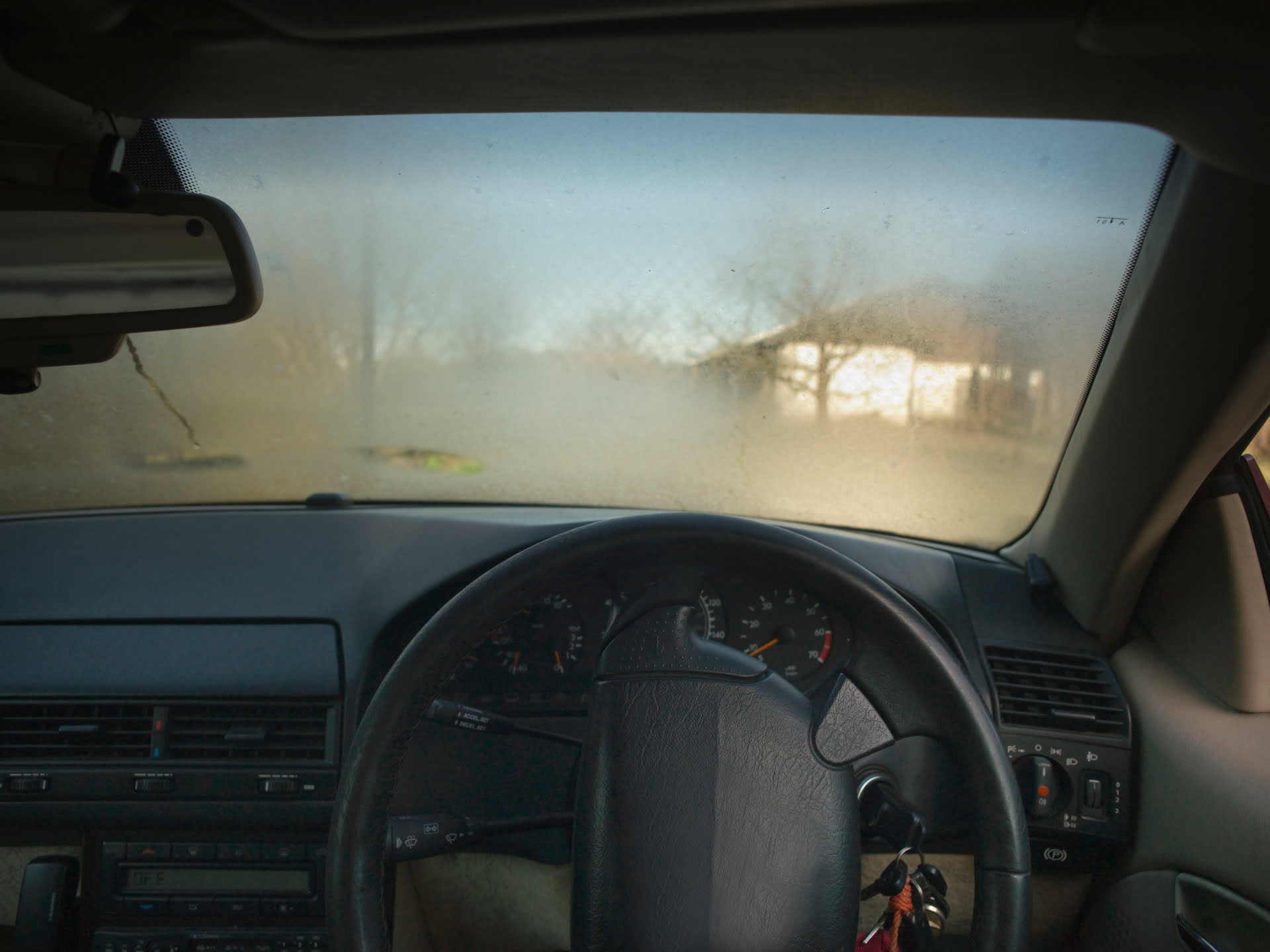
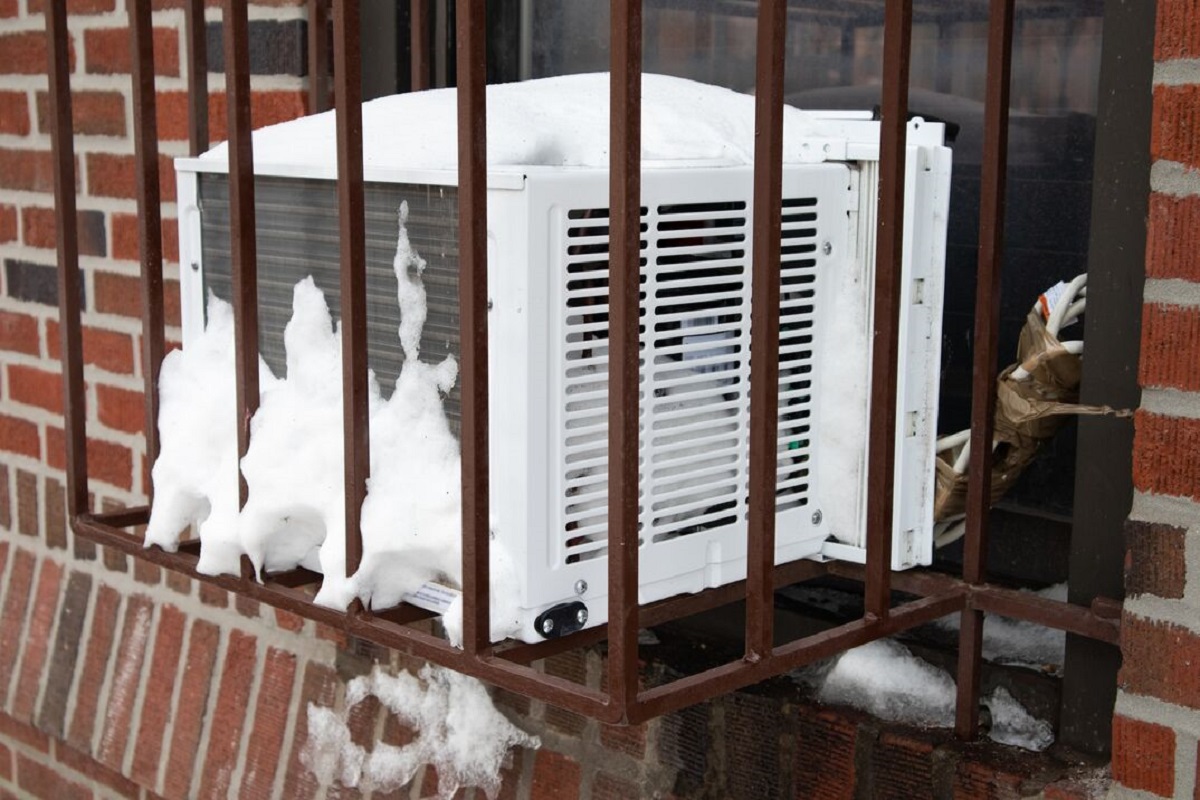

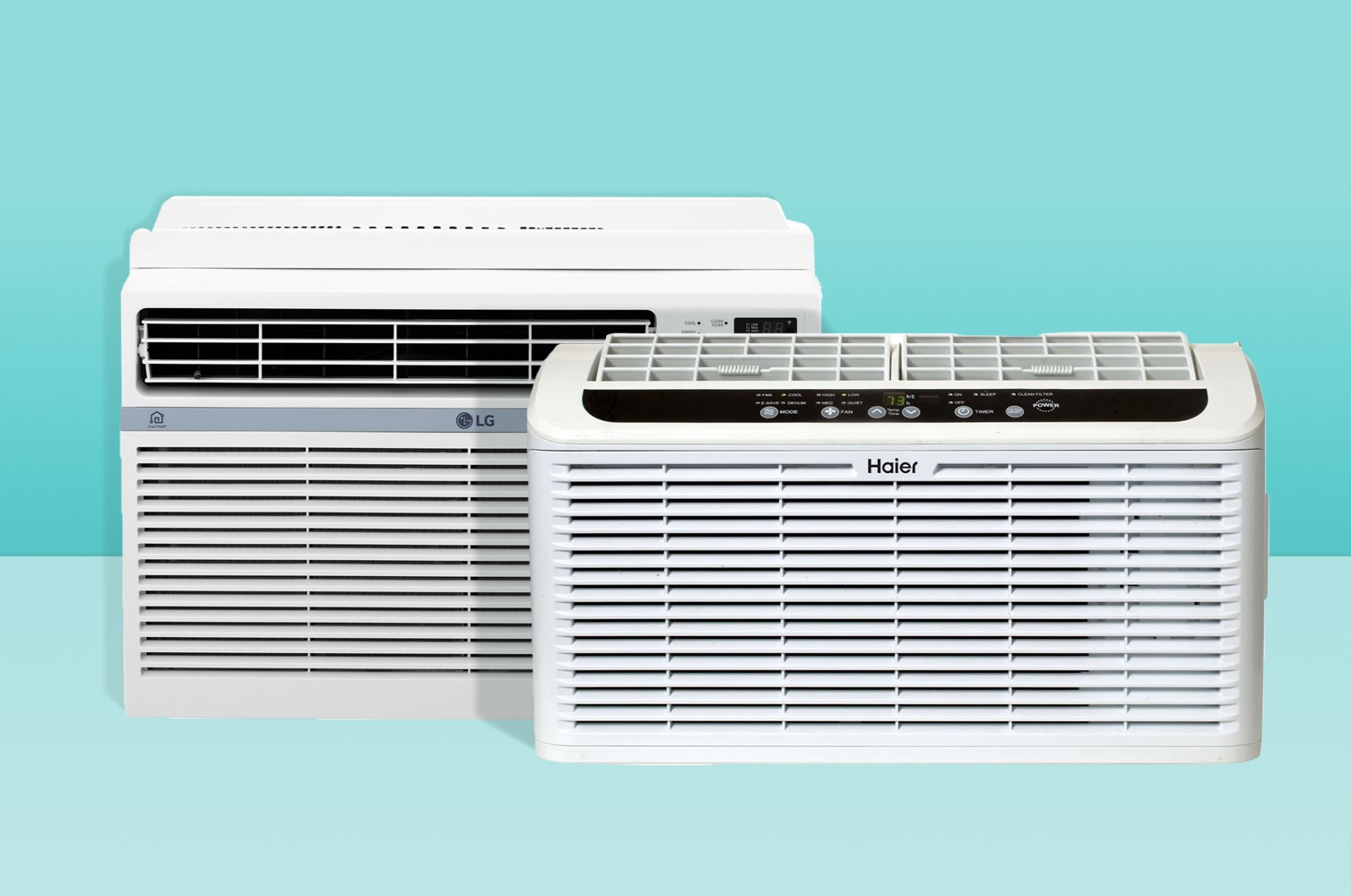



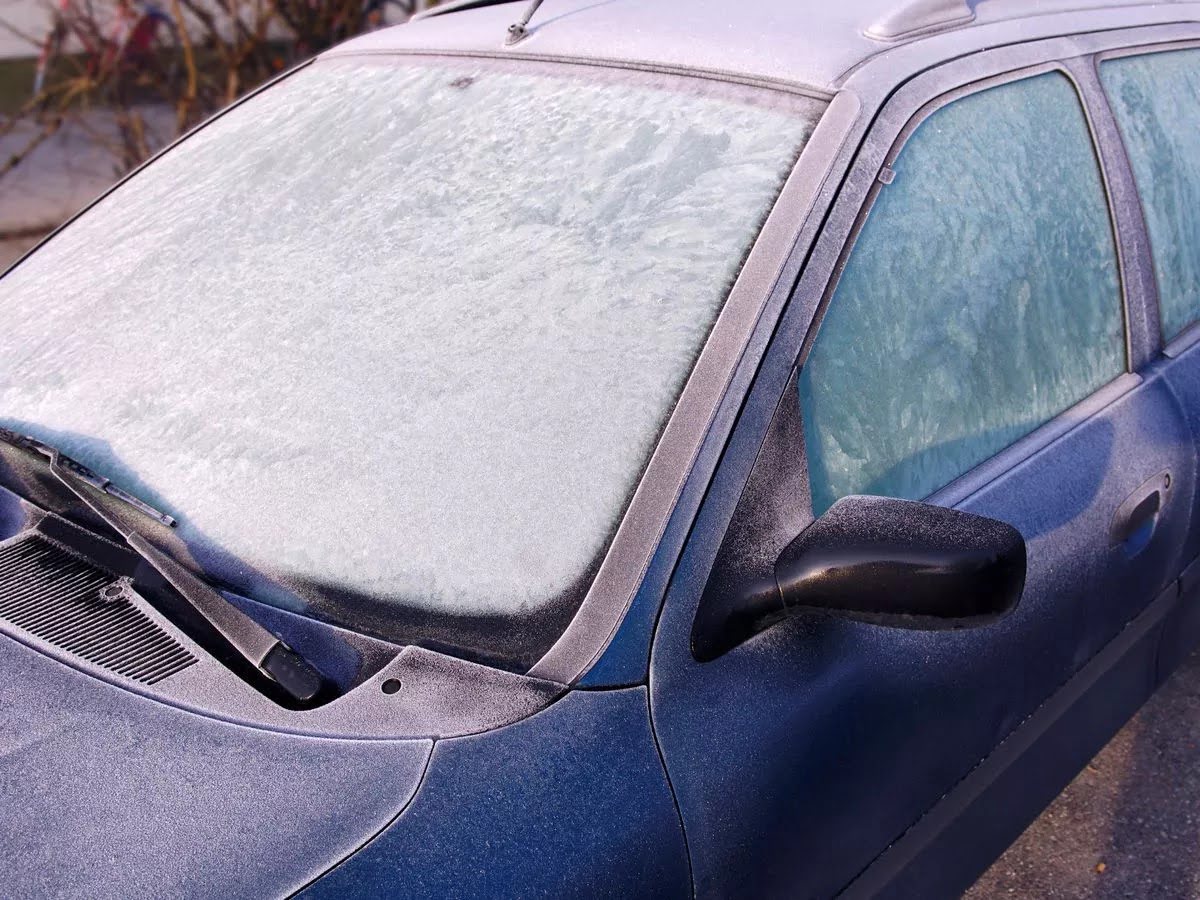
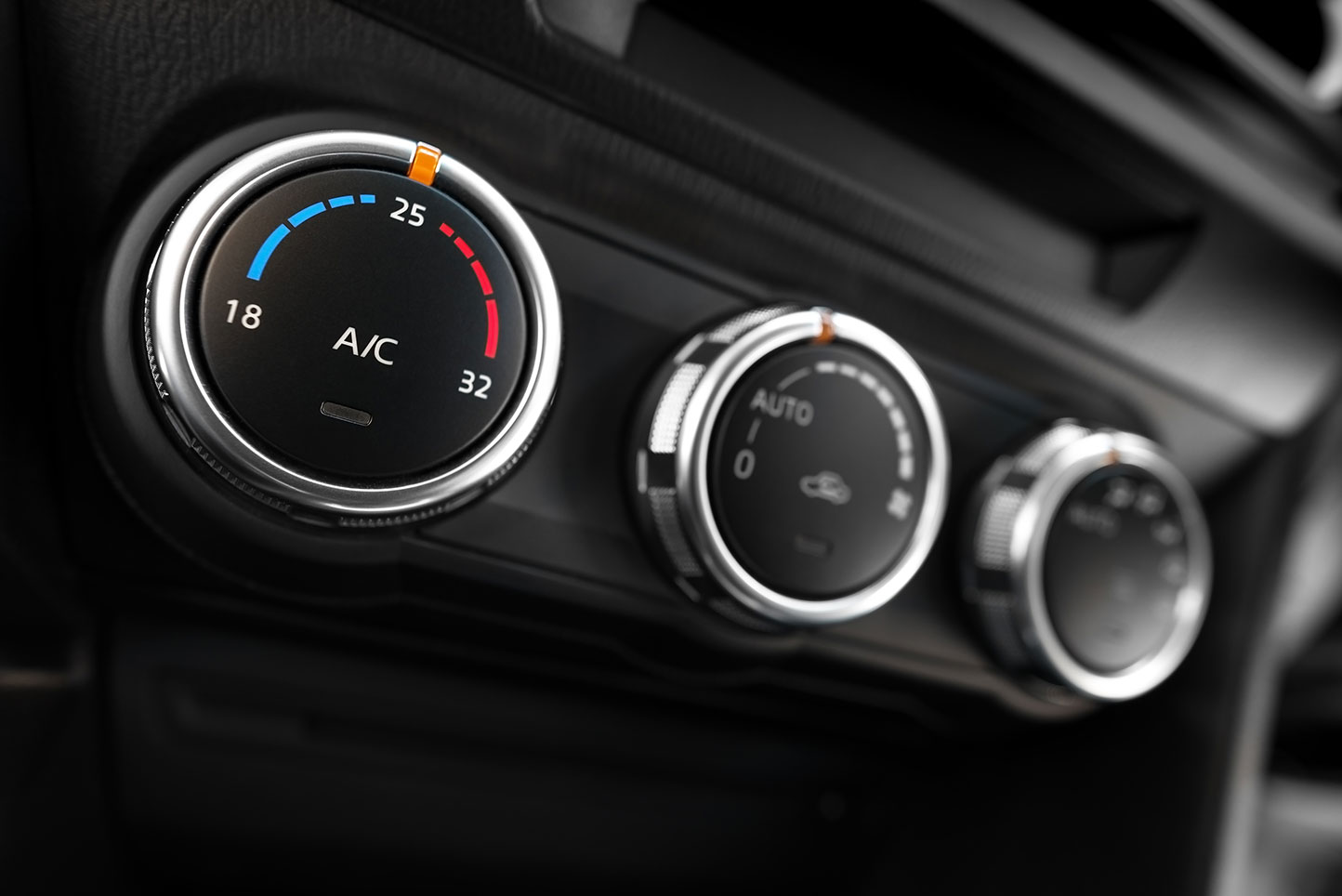

0 thoughts on “Why Do My Car Windows Fog Up In Winter”